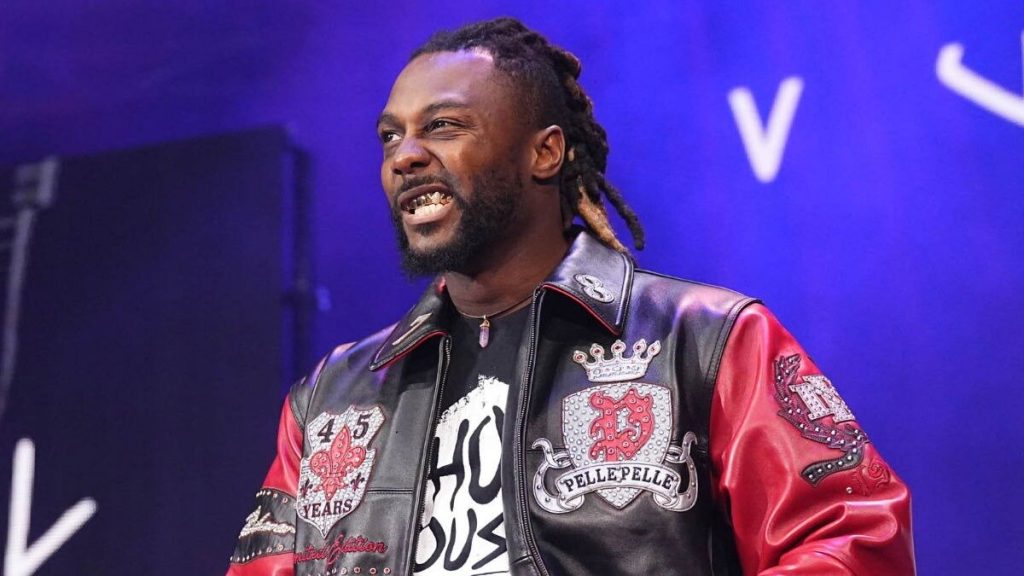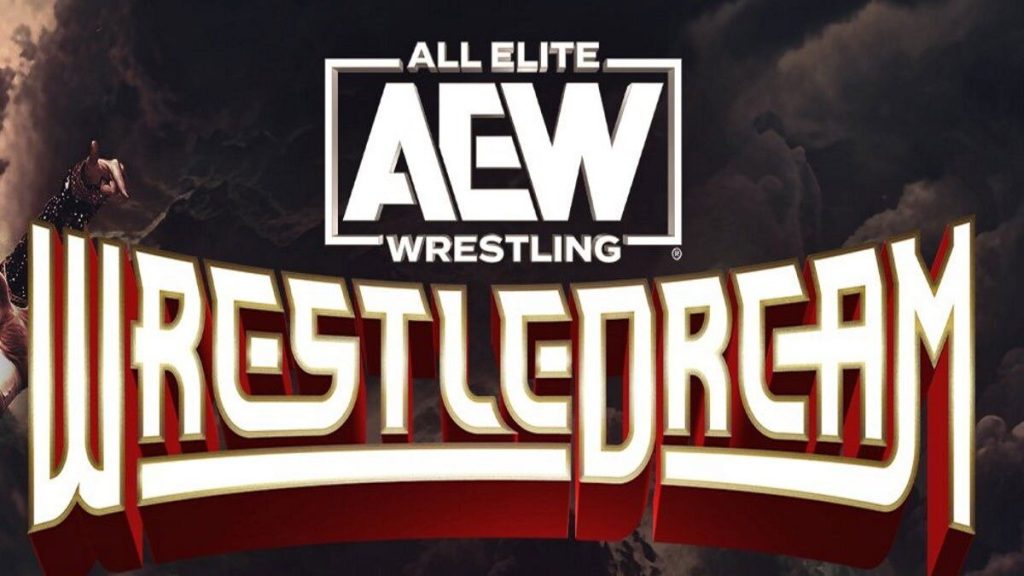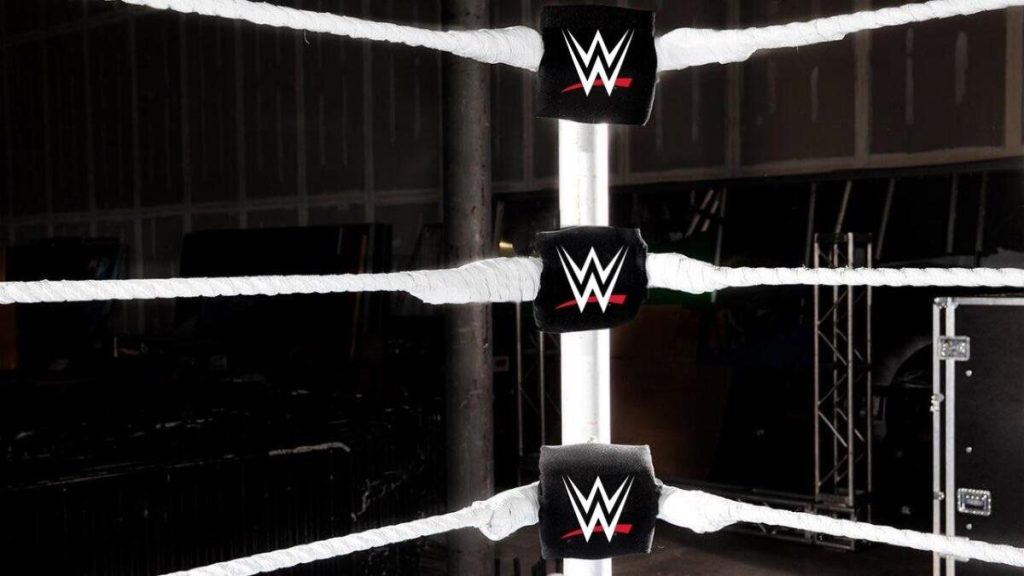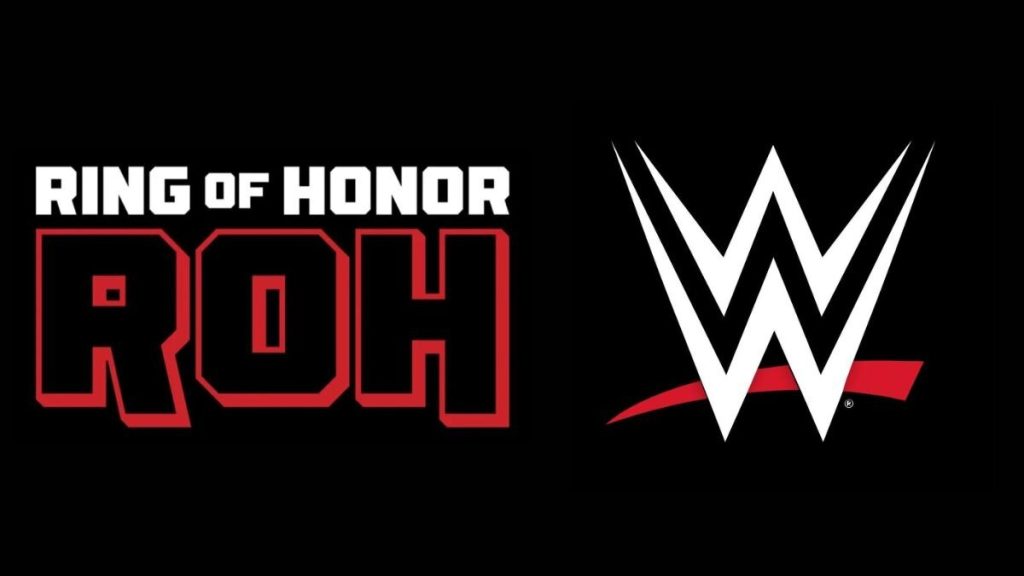It is that time once again. Since their triumphant victory in 2009, the Yankees have secured a place in the World Series. For Yankee fans, it has been 15 long, grueling, and excruciating years of waiting for a chance at their 28th title.
For all of Yankeedom, a decade without a trophy is intolerable. After missing the playoffs last year, expectations for this season were low. That’s when one man rose to the occasion and lifted the spirits of the disheartened Yankee faithful. That man, of course, is Juan Soto, who took the number two spot in the batting order, hitting ahead of the powerful Judge.
But we must also acknowledge Brian Cashman, the architect behind acquiring Juan Soto and, as Yankee fans hope, his potential re-signing. But first things first, there is still a World Series to win.
While Yankee fans celebrate the return of the World Series to the Bronx, fans in Queens mourn their team’s fall to the mighty Dodgers. For New Yorkers who were hoping for a Subway World Series, rather than dreaming of what could have been, let’s revisit the past and recall what once was.
The Mayor’s Trophy Game
Before interleague play began in 1997, the Yankees and Mets only faced each other in spring training and exhibition games known as the Mayor’s Trophy Game. These games, originally played between the New York Yankees and the New York Giants starting in 1946, were later joined by the Brooklyn Dodgers in 1951 and were held to promote sandlot baseball in NYC.
After both the Dodgers and Giants relocated to California, three Mayor’s Trophy Games were played involving the Yankees, one each against the former New York teams, and one against the Milwaukee Braves. The Mets, established in 1963, revived the Mayor’s Trophy Game, which lasted from 1963 to 1979 and then again from 1982 to 1983.
The Subway Series Graces the Fall Classic
Not long after interleague play began, the Mets and Yankees faced off in the 2000 World Series. The Yankees, at the peak of an incredible dynasty led by Joe Torre, had already won titles in 1996, 1998, and 1999. That year, they aimed to add one more.
The Yankees featured a star-studded roster including Roger Clemens, Derek Jeter, Jorge Posada, Paul O’Neill, Orlando “El Duque” Hernandez, Bernie Williams, former Mets star Dwight Gooden, Andy Pettitte, Mariano Rivera, and David Justice, among others. The Mets also boasted a championship-caliber team with players like Edgardo Alfonso, Al Leiter, Mike Hampton, Mike Piazza, and Robin Ventura.
Tensions were high between the two teams. During the regular season, Roger Clemens had thrown a fastball that struck Mike Piazza’s helmet, resulting in the star catcher spending time on the disabled list.
The World Series began with a 12-inning nailbiter, where the Yankees edged out a 4-3 victory on a Jose Vizcaino walk-off single.
Game two saw the rivalry heat up once more. Clemens faced Piazza for the first time since the hit by pitch. Piazza’s bat splintered on a foul ball, and the head of the bat flew towards Clemens, who fielded it and threw it in Piazza’s direction as he ran down the line, narrowly missing him. Clemens’ actions led to a bench-clearing incident, and he was fined $50,000 for the incident.
The Yankees led that game 6-0 until the Mets scored five in the ninth, but the Yankees held on for another narrow victory.
In game 3, the Mets ended the Yankees’ 14-game World Series winning streak and El Duque Hernandez’s perfect postseason record with a 4-2 victory. Hernandez would have to settle for an 8-1 postseason record.
However, game 3 marked the high point for the 2000 New York Mets. They lost the next two games 3-2 and 4-2, respectively, giving the Yankees their third consecutive title. Jeter’s leadoff homer in game 4 became legendary in Yankee lore. Game five saw the final World Series game hosted at Shea Stadium. The Yankees went on to play and lose World Series matchups in 2001 and 2003 as their dynasty began to fade.




